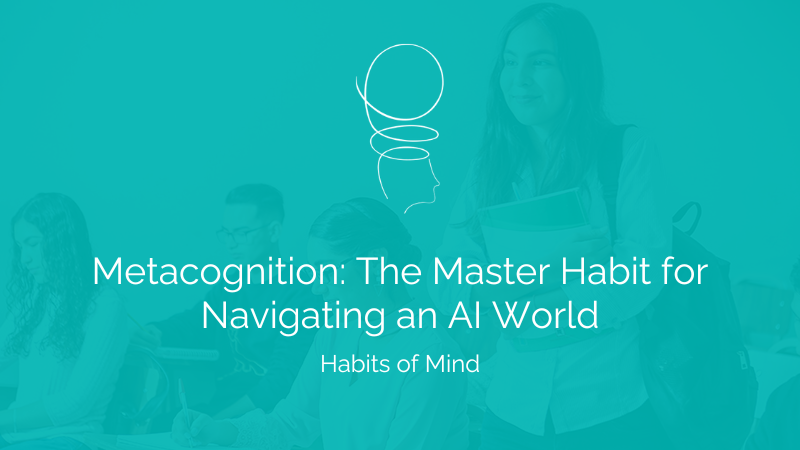In today’s rapidly evolving educational landscape, artificial intelligence isn’t just another tool—it’s fundamentally reshaping how students engage with learning. But to understand these changes, we first need a sophisticated framework for thinking about learning itself.
Beyond the Comfort Zone Myth
For decades, educators have been told that learning happens “outside your comfort zone.” While well-intentioned, this oversimplification misses crucial nuances about how effective learning actually works.
The Learning Zones framework provides a more precise understanding. Rather than a single boundary between “comfort” and “learning,” students navigate between four distinct zones:
- Comfort Zone: Where tasks are within current abilities, measured in time, focused on completion and efficiency
- Performance Zone: Where tasks demonstrate current capabilities, measured in quality, focused on reliability and consistency
- Learning Zone: Where growth happens, measured in effort, maximizing skill development through
- Aspirational Zone: Where tasks are currently beyond reach, requiring more foundational skills first productive struggle
AI’s Radical Zone Redistribution
AI tools are rapidly redistributing which tasks fall into which zones for our students. Tasks that once required significant effort (researching information, drafting basic content, solving routine problems) can now be accomplished with minimal skill. Meanwhile, new challenges emerge around effectively directing, evaluating, and collaborating with AI.
The risk? Students may spend more time in their Comfort Zone and less in their Learning Zone—precisely where Learnership develops.
What is Learnership?
Learnership is the expertise a person develops in learning how to learn. It transforms learning from an act to an art form. While concepts like growth mindset have helped us understand the importance of beliefs about learning, Learnership focuses on developing the actual skillful learning behaviors that drive growth.
The fundamental learning equation captures this perfectly:
Growth = Skillful Teaching × Skillful Learning
Even the most expert teaching produces minimal growth without skillful learning on the student’s part.
The Educator’s Challenge
As AI reshapes these learning zones, our responsibility as educators grows. We must be more intentional than ever about designing experiences that place students in their Learning Zone—where they engage in productive struggle that builds Learnership.
In upcoming blogs, we’ll explore specific strategies for:
- Identifying which skills remain essential despite AI’s capabilities
- Designing AI-resistant learning zone experiences
- Helping students develop self-awareness about their learning zone positioning
- Building the specific elements of Learnership that AI cannot replace



